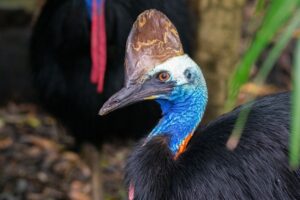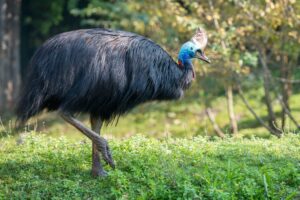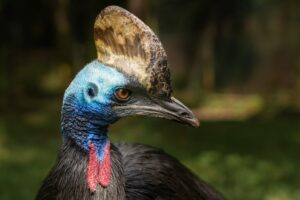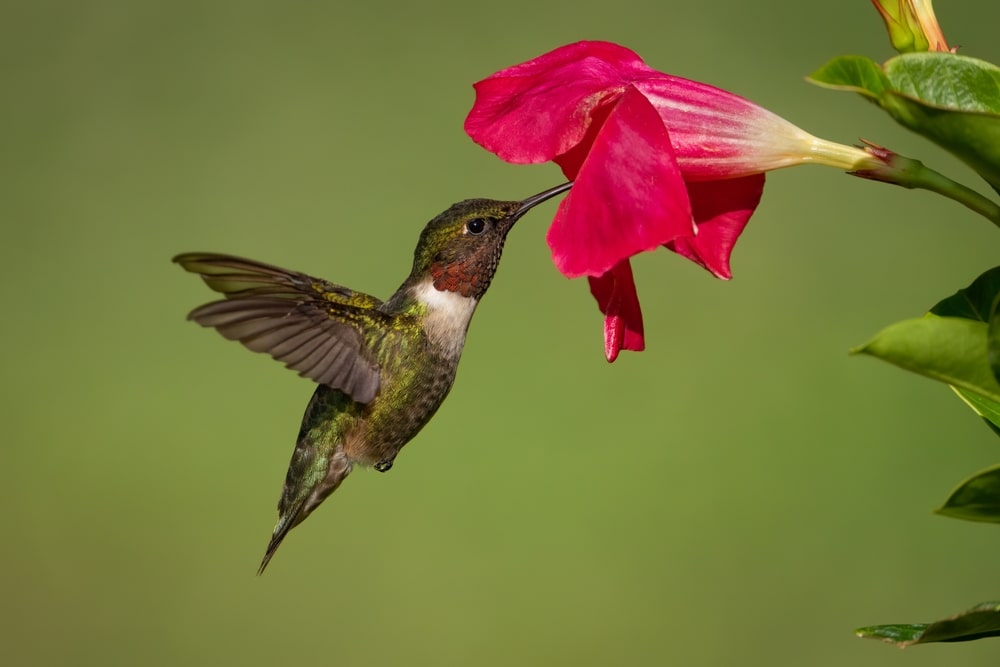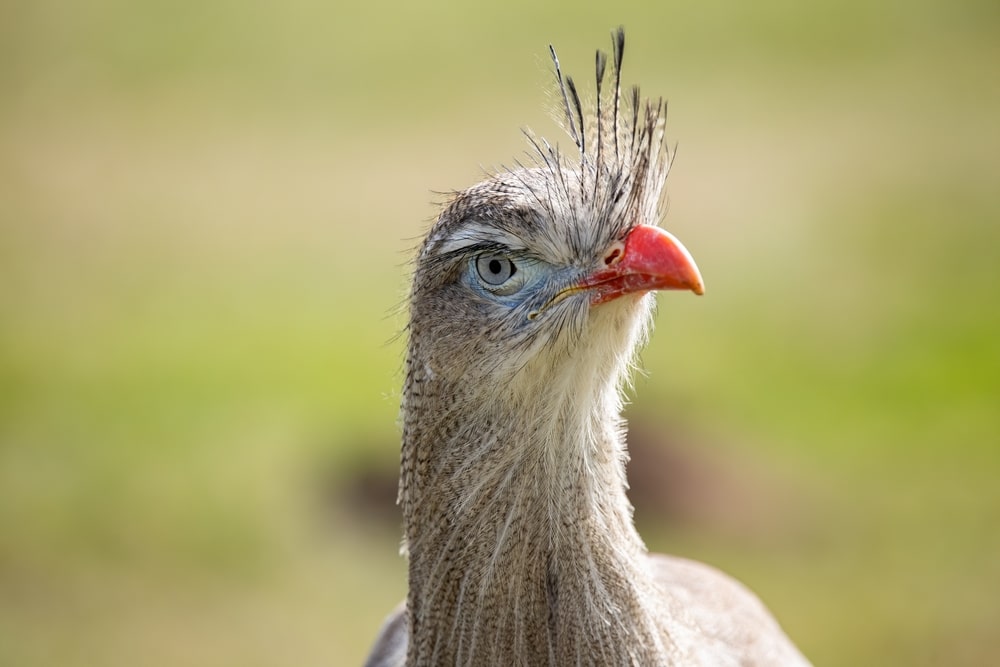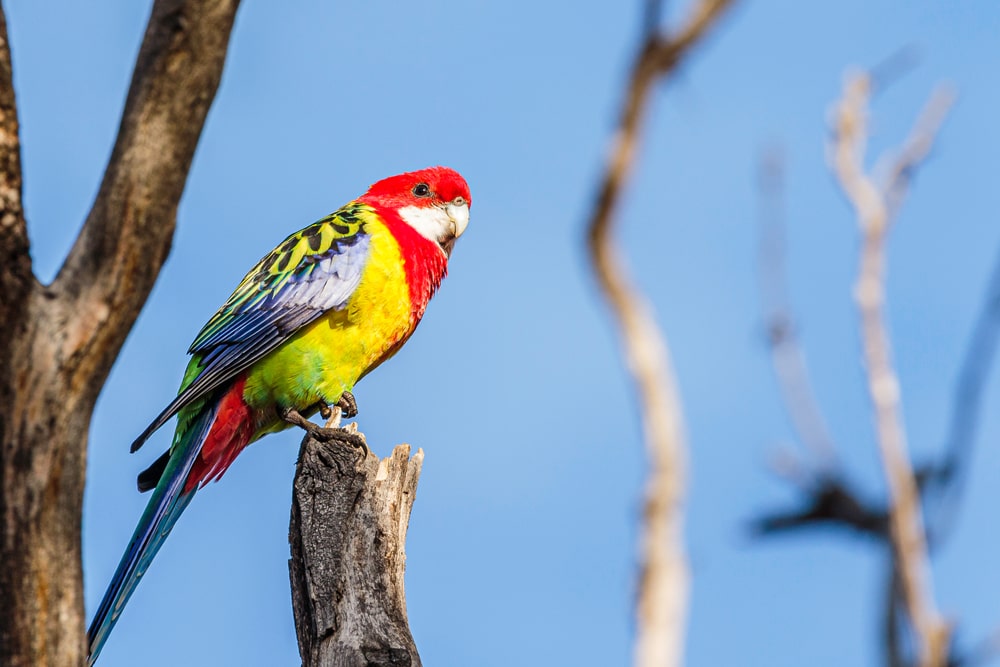Is Cassowary Really the Most Dangerous Bird in the World?
Cassowary anatomy
The Cassowary is an insular ratite, or, simply put, a large, flightless bird. It has a glossy, black-feathered body, a red neck wattle and a bright blue face. 12,000 years ago, as humans began to evolve and adapt, Most ratites had already gone extinct. The few that survive have exceptional grit. At 2 m (6.5 ft) tall and weighing over 76 kg (167 lbs), The cassowary may not be the tallest or heaviest bird around. So what makes it the most dangerous bird in the world?
Danger to humans
A cassowary can leap up to Danger to humans 2 m (6.5 ft) high with its muscular legs. That’s about as tall as a horse. Its feet are equipped with three sharp, dagger-like talons. Yep, that’ll do it for me. And the middle one can grow as long as 10 cm (4 in). When these angry, powerful creatures spring into the air, They can kick you with both feet at once. That blow could slice right through you. causing more than a few puncture wounds, bone fractures and deep skin lacerations.
But I think you must be extremely unlucky if you got kicked by a cassowary. Usually, an angry cassowary will try to peck. head butt or charge you. The rest of the time, they like to mind their own business. These giant birds are shy and reclusive. until you approach their young or enter their territory. Of the 221 known cassowary attacks, 150 have involved humans. And most of them happened because humans seemed to be refusing to give the bird food.
Over the years, ill-advised humans have attempted to feed cassowaries. This has taught the bird to associate humans with food. This misunderstanding, coupled with shrinking habitat, is usually at the heart of cassowary attacks. But if you’re still hell-bent on befriending a cassowary, You’ll have to do better than throw some scraps off. your barbecue.
Cassowary diet
Unlike their ostrich cousins, cassowaries maintain their impressive bulk on a diet of rainforest fruit. That makes them the largest avian frugivore on the planet. Many species of rainforest trees would disappear without the cassowary helping their seeds to disperse. And if this bird keeps reminding you of this guy, there’s an excellent reason why. Scientists are still working out the exact details of their evolutionary chain, but these big birds are the last living link to dinosaurs.
Dinosaur relatives
The helmet-like casque on their heads closely resembles that of a newly discovered dinosaur species, the Corythoraptor jacobsi. It is a modified cranial bone covered with keratin. That’s the same protein our nails and hair are made of. They even seem to be putting it to the same use as their long-dead relatives did, communication. We now know that these birds use their cranial casques to capture and emit low frequency sounds.
Also used for socio-sexual displays, the cassowary’s cranial casque is surprisingly flexible and leather-like to the touch. Alright, who’s been touching the cassowary’s cranial casque? And although they’re usually anti-social, cassowaries will hiss, rumble or whistle at each other when absolutely necessary. But that’s about as chatty as this bird ever gets.
Parenting styles
The only close relationship a cassowary ever has Parenting styles is with its father during the early part of its life. While the female cassowary walks out on her three to five eggs immediately after laying them, the male spends 60 days incubating them.
Once they have hatched, young cassowaries learn the ropes from their father, following him around for up to 16 months. But that’s a rare situation. Usually, the father has had enough of the chicks after 9 to 10 months. Then he chases them off his territory.
